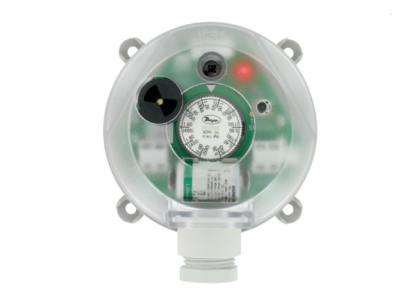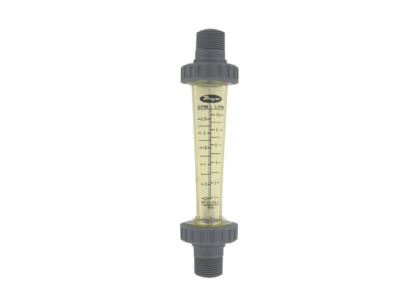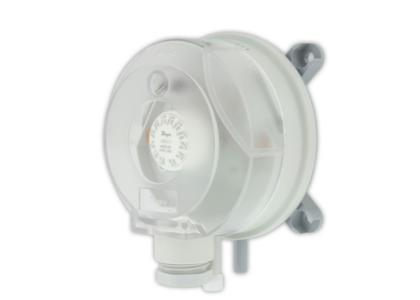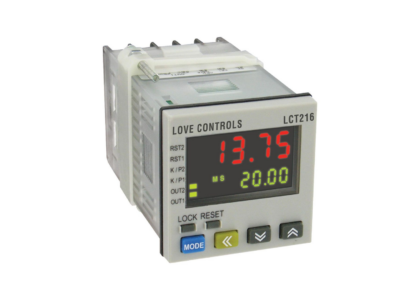
M12 connectors are a popular choice for connecting temperature sensors in industrial automation systems. This article explores the benefits and features of M12 connectors for temperature sensors.
Traditional Connection Challenges:
- Extended cable connections can be difficult to remove for sensor replacement or maintenance.
- Extension cables add complexity and cost.
Advantages of M12 Connectors:
- Reliable and Cost-Effective: Provide a secure and affordable connection compared to high-reliability connectors used in aerospace applications.
- Easy Installation and Maintenance: Sensors can be quickly disconnected and reconnected without needing to remove extensive cable runs.
- Sealed Connections: Ideal for wet or washdown environments, protecting the connection from corrosion.
- Multiple Configurations: Available in various styles to suit different sensor types (RTDs, thermocouples, thermistors).
M12 Connector Standard:
- IEC Standard 61076-2-101 defines M12 connector specifications.
- Commonly used “A-coded” 4-pin connector offers flexibility for various sensor types.
Omega M12 Temperature Sensor Products:
- Offered with machined stainless steel or injection-molded housings.
- Include standard M12 “plug” connectors for easy connection to extension cables.
- Available in different mounting styles and housing materials (including tri-clamp for Clean-In-Place systems).
M12 Extension Cables and Accessories:
- Omega offers various M12 extension cables with PVC, polyurethane, or fully compensated thermocouple options.
- Mechanically assembled connectors allow customization for specific needs (braiding, shielding).
- Additional accessories include field-mountable connectors, spring loading kits for thermowells, and compression fittings.



